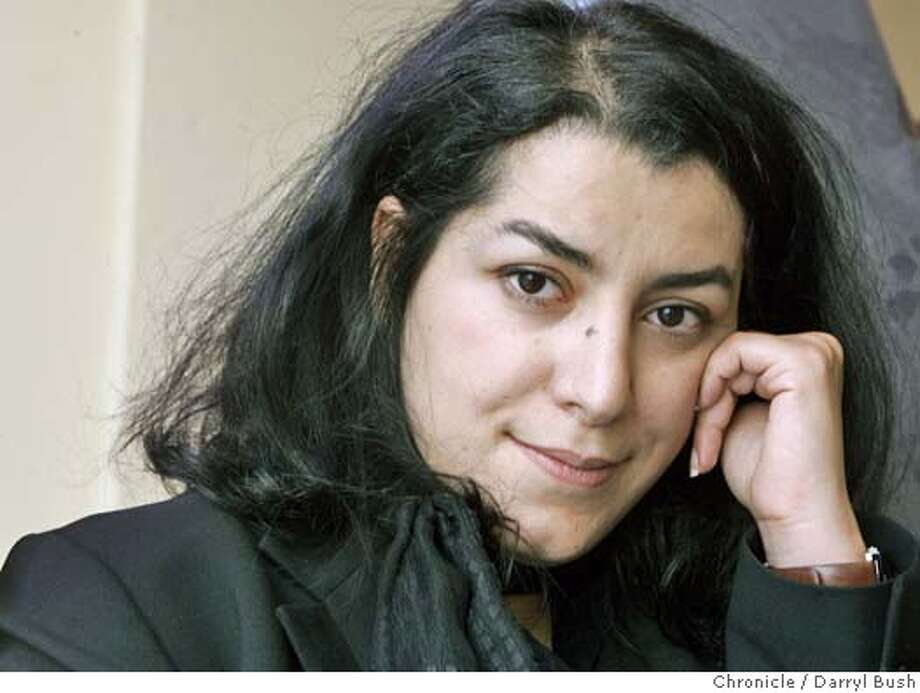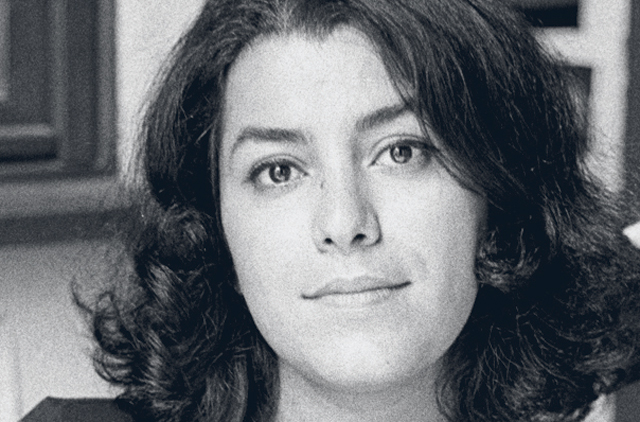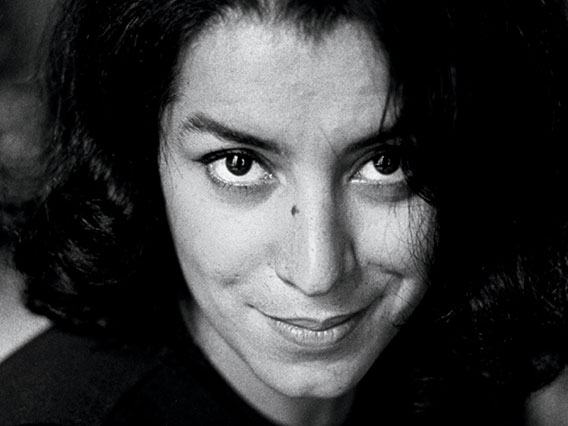

It shows that the veil might attempt to oppress one but that the person under the veil shall remain unchanged. Furthermore, this image shows that veil or no veil the person remains the same. On the other hand, her reasonable side understands the oppression wearing the veil represents.


On one hand she appreciates the veil spiritually as a symbol of religion and belonging. The imagery used also reflects Satrapi’s feelings. She sees it as “not-modern”, perhaps old-fashioned. At the same time, she seems to realize the impracticality and absurdity of the veil. Since the veil was meant to represent religion, Satrapi felt compelled to wear it out of her love for God. On the very next page, we find out that Satrapi herself is very conflicted about the veil (see below) The veil was imposed by the government to inflict control over the women of Iran and those who complied can be seen as those who “closed their eyes” to reality. This may represent the ignorance the veil portrays. It is notable that all of the veiled women have their eyes closed, while their opposition has their eyes opened. The author also conveys some deeper message through imagery. There is a stark difference between the two groups. Typical of Persepolis, Satrapi’s words are made stronger by powerful imagery representations (see below)3. It resulted in “demonstrations for and against the veil”. Some women supported the veil while many opposed it. The separation was present between different groups of women too. However, the veil did not only separate men and women. This separation between men and women was sudden and made little sense to Satrapi. Satrapi described this experience as: “We found ourselves veiled and separated from our friends”. All schools that used to be co-educated now became single-sex schools only. Not only were girls and women made to wear veils, they were also separated from the opposite sex, virtually at all times. With the introduction of the veil also came some other rules. The veil, in Satrapi’s view, also represented separation. It follows that the veil must have been important to Satrapi herself and to her life story. Satrapi made the conscious of choice of putting this chapter first instead of starting at the beginning of the story. This further signifies the importance of the chapter and its central theme of the veil. Persepolis opens “in medias res”, in the middle of the story rather than at the beginning.

The Veil might be the first physical chapter of Persepolis, but chronologically it is not the first one. The first two panels (see below ) show how the veils makes women look uniform. This first chapter establishes the key features of the veil and the effects of wearing it. Persepolis begins with a chapter titled “The Veil”, in which the government implements policy that forces women and girls to wear the veil.


 0 kommentar(er)
0 kommentar(er)
